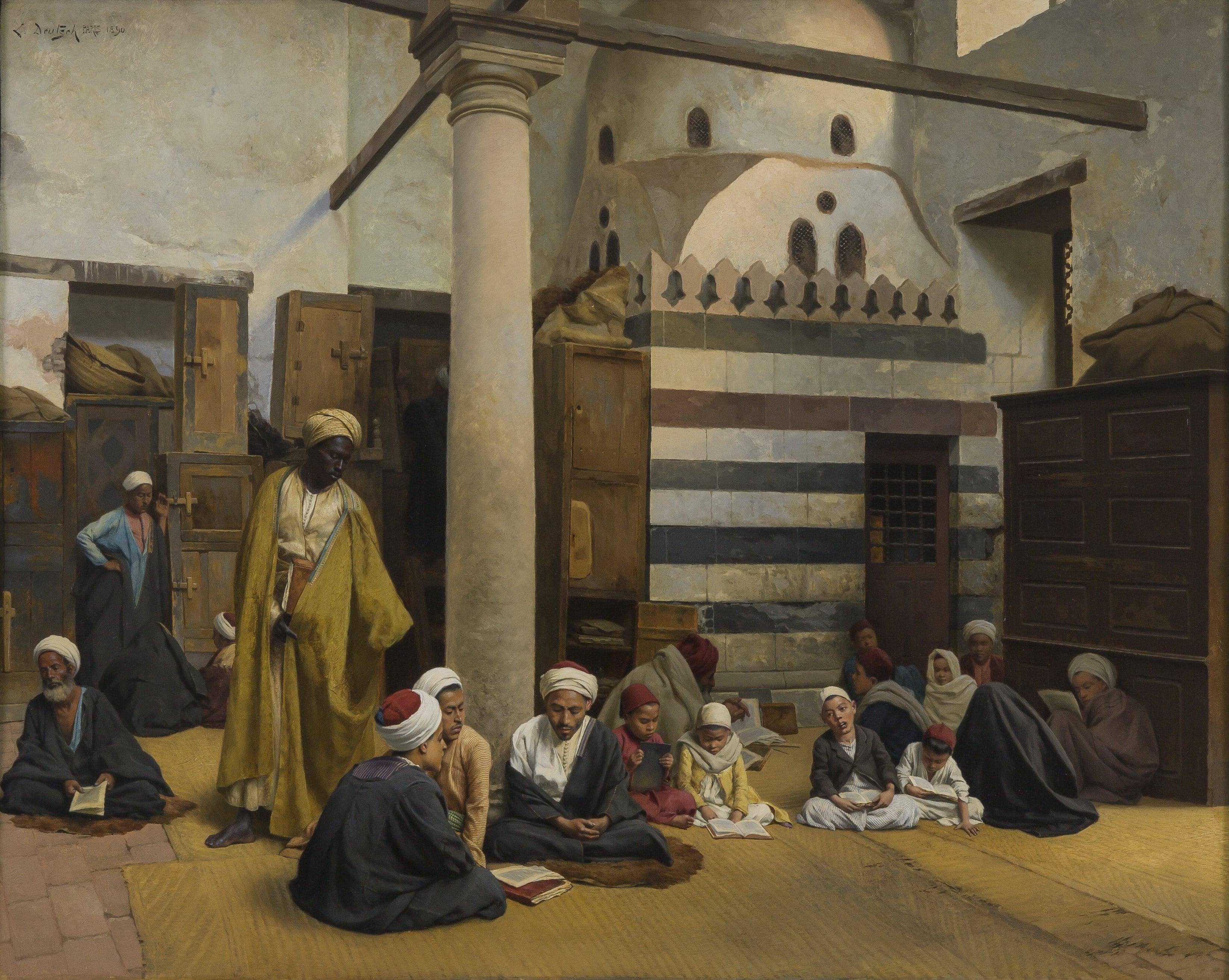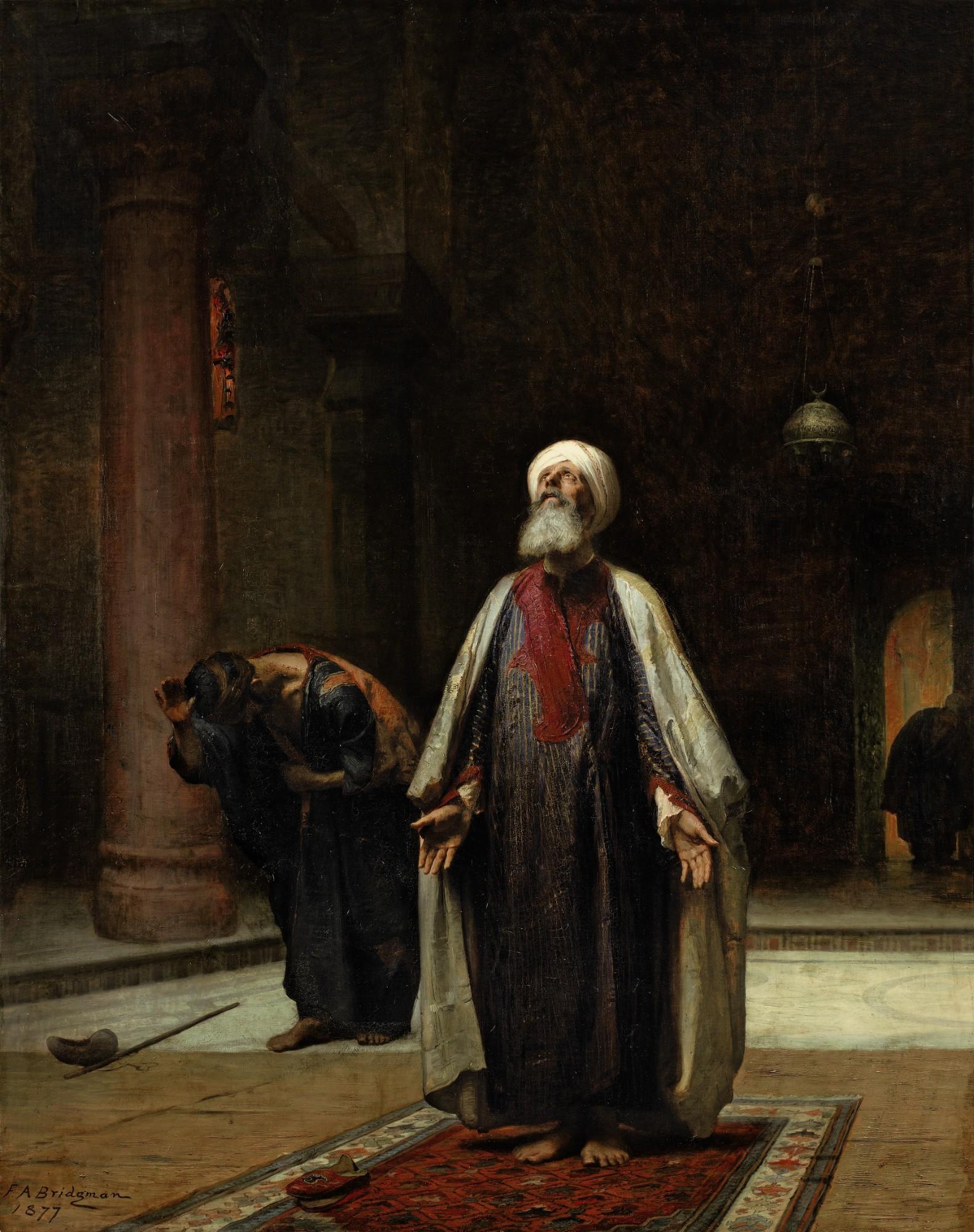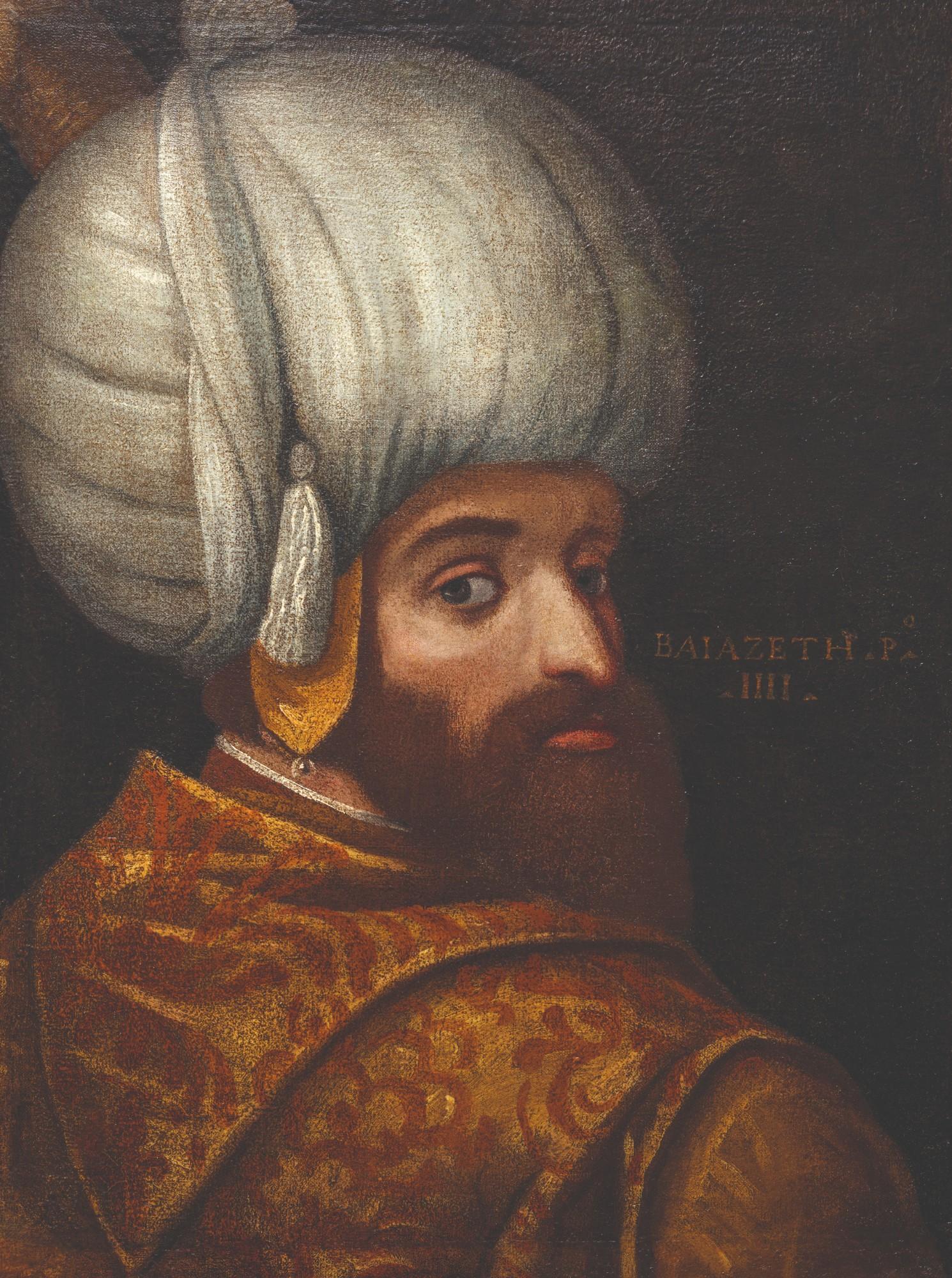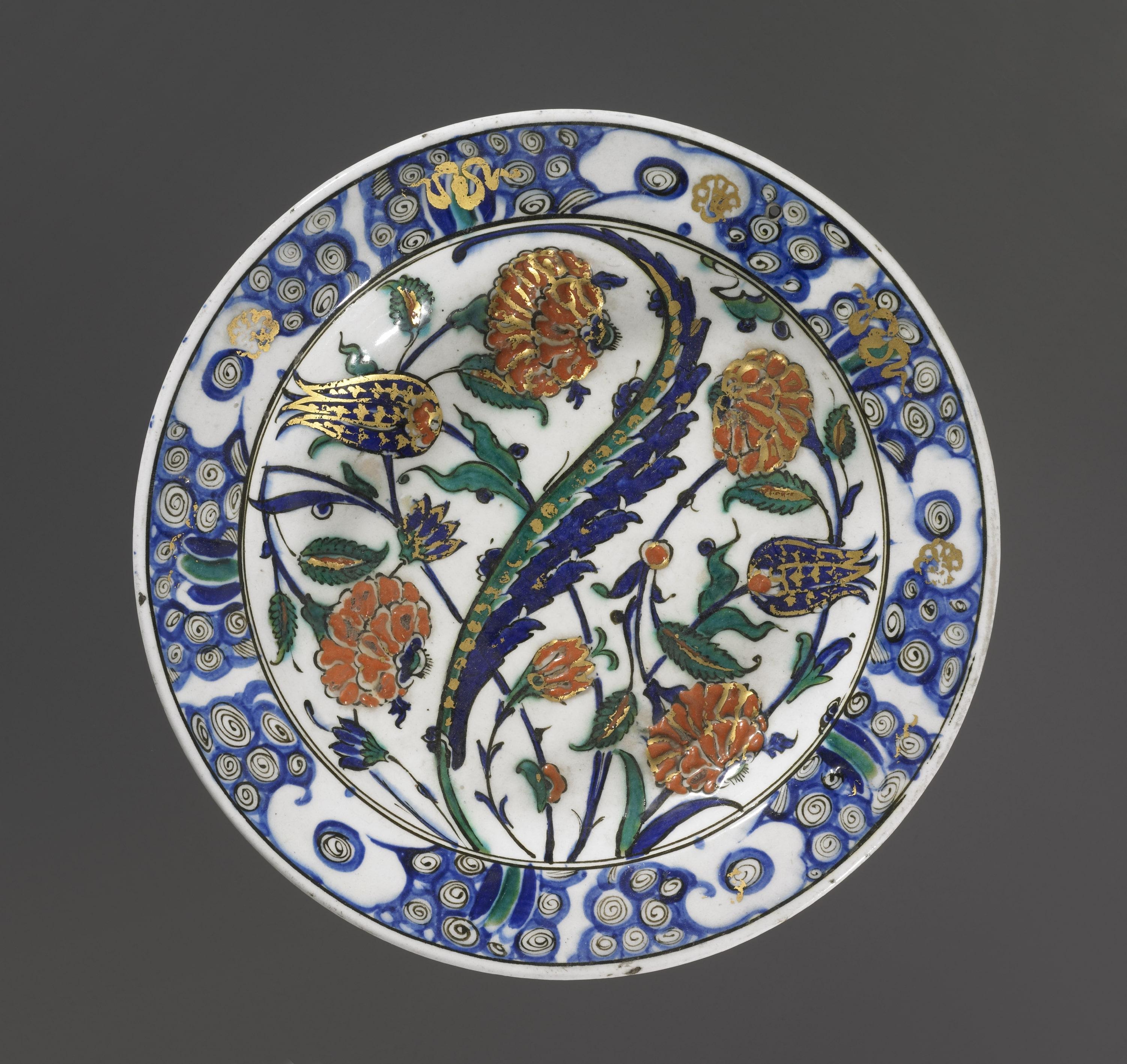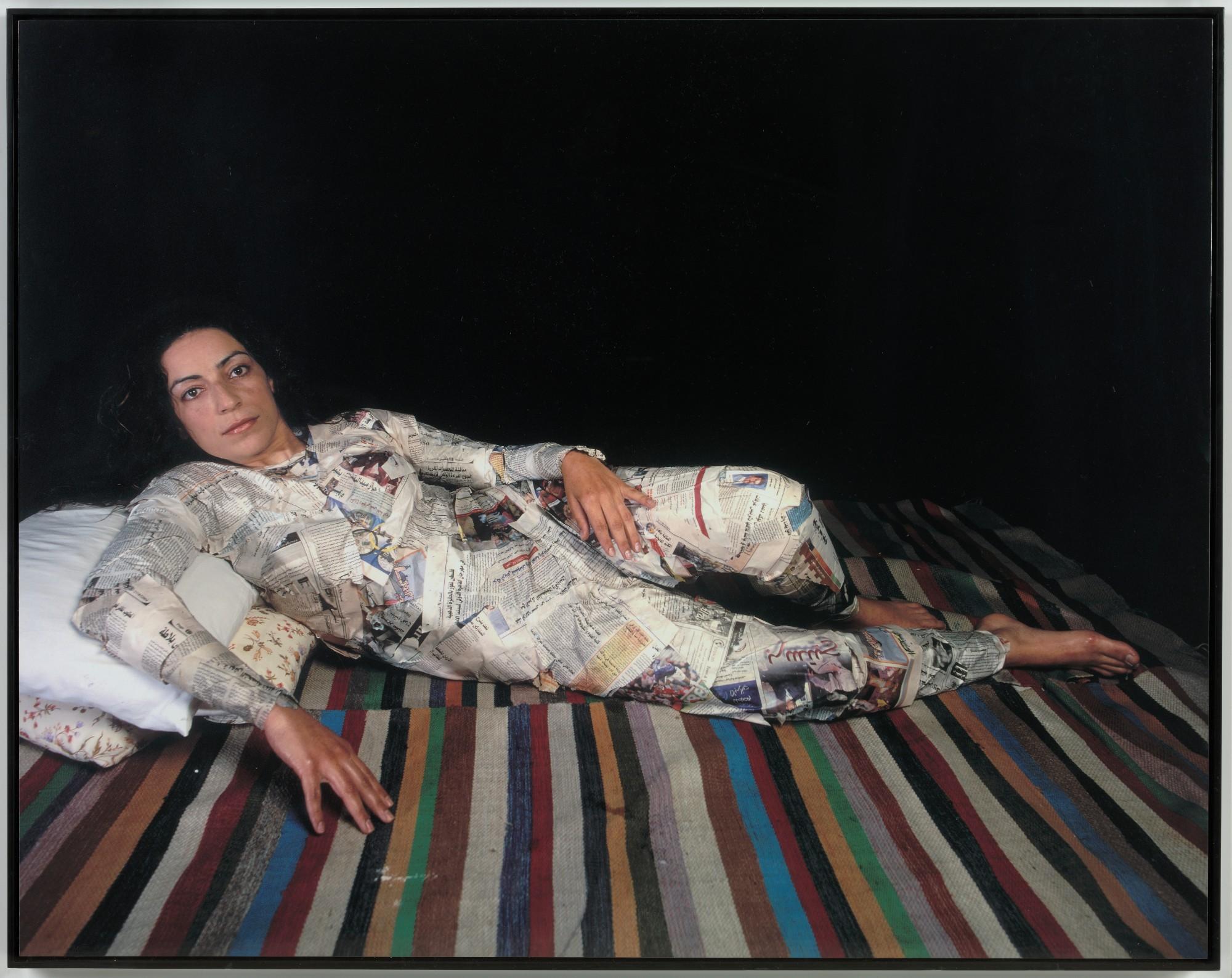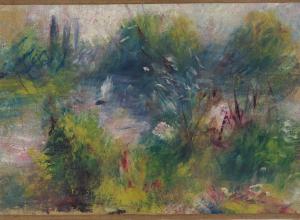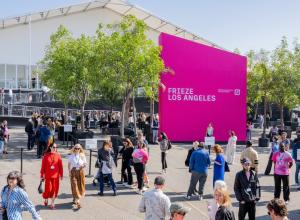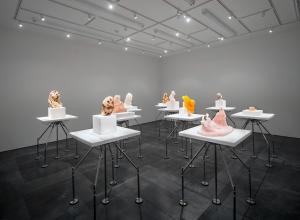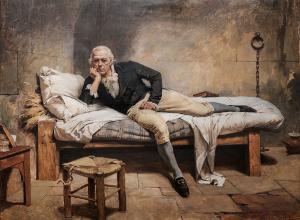The exhibition opens with a stunning painting by the American painter Frederick Arthur Bridgman, The Prayer (1877), that shows a barefoot old man standing in prayer with his arms open. His shoes are stacked upon one another to keep the soles from touching the prayer mat. Behind him, a younger man bows, his feet also bare, his walking stick on the ground. The light shines from above and illuminates the old man’s face and his open hands. The rest is darkness.
In the same segment, the beautifully decorated Ottoman helmet on display was seized after the defeat of the Turks at the end of the Second Siege of Vienna in 1683. The helmet was then given to the Polish-Lithuanian Commonwealth king Jan Sobieski III not only as it represented the victory of the Christians over the Ottoman Turks troops, but also because of the admiration that European courts had in regards to the arts and culture of the Ottomans.




